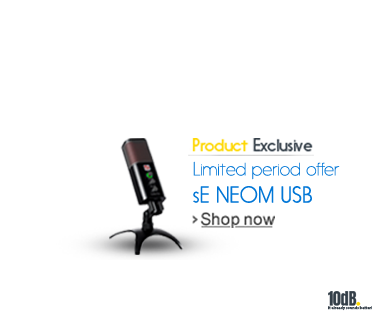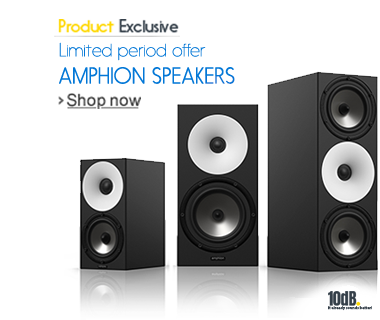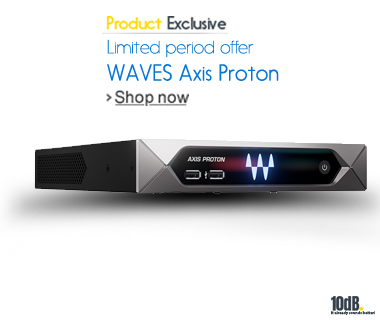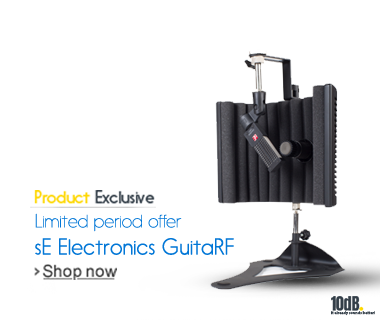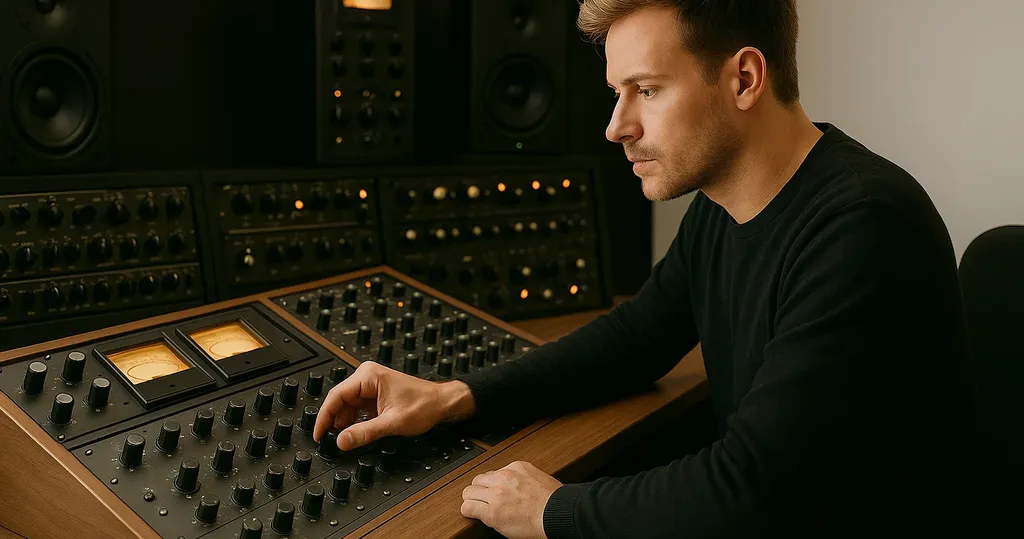10 Common Mastering Mistakes You Don’t Want to Make (and How to Avoid Them)
Mastering is the final polish that can elevate a good mix into a truly professional, competitive record. Yet even seasoned musicians and producers stumble into traps that hold their tracks back. In this guide, we’ll walk through the most common mastering mistakes in 2025 — and, most importantly, how you can steer clear of them.
Whether you’re mastering your own music or prepping tracks for a professional engineer, avoiding these errors will dramatically improve your final sound.
1. Skipping the Mastering Stage Altogether
Mistake: Believing that a great mix doesn’t need mastering.
Solution: Even the best mixes benefit from mastering. It ensures consistency across playback systems, balances overall EQ, optimises loudness, and creates the cohesive, professional feel that listeners expect.
Tip: Always dedicate fresh ears and a separate session for mastering. Never master directly on your mix bus.
2. Over-Compressing the Track
Mistake: Crushing the dynamics in pursuit of loudness.
Solution: Aim for controlled energy, not flatlined volume. Dynamic range breathes life into your track. Use a light, transparent compression approach unless deliberately aiming for a heavy, stylised effect.

3. Excessive EQ Tweaking
Mistake: Overcorrecting with EQ until the mix loses its natural balance.
Solution: Think “subtle enhancement,” not radical surgery. Focus on gentle broad adjustments, particularly in the low end and high mids.
Tip: Always A/B compare your EQ changes against the unprocessed track.
4. Ignoring Phase Issues
Mistake: Not checking phase coherence when applying stereo widening or mid-side processing.
Solution: Always monitor your master in mono and use phase analysis tools to ensure that your track remains strong across all playback systems.
5. Mastering at Inappropriate Monitoring Levels
Mistake: Mastering either too loud or too soft, leading to misjudged EQ and compression.
Solution: Master at a consistent moderate volume — roughly 80-85 dB SPL — and take regular breaks to avoid ear fatigue.
6. Overuse of Stereo Enhancement
Mistake: Making the track “wider” at the expense of focus and mono compatibility.
Solution: Less is often more. Use stereo enhancers subtly, and prioritise clarity and punch over gimmicky width.
7. Not Leaving Enough Headroom
Mistake: Delivering a mix that’s too hot (too loud) for proper mastering.
Solution: Leave at least -6 dBFS of peak headroom in your final mix. This gives the mastering engineer room to work cleanly.
Tip: Headroom is your best friend for clean, powerful masters.
8. Using Inadequate Monitoring Systems
Mistake: Mastering on headphones alone, or on poor-quality monitors.
Solution: Invest in accurate studio monitors, and always check your masters on multiple systems (headphones, car, laptop, phone).
9. Forgetting the Target Platform
Mistake: Mastering without considering where the music will be released — streaming, vinyl, CD.
Solution: Different platforms have different loudness standards (e.g., Spotify, Apple Music). Master to suit the platform to avoid auto-adjustments that could harm your sound.
10. Relying on Presets
Mistake: Using plug-in presets without adjusting them to your specific track.
Solution: Presets are a starting point, not a finish line. Always tweak settings based on the needs of your music.

Final Thoughts: Mastering Is Art and Science
Mastering isn’t just about technical settings — it’s about feel, taste, and translating your musical vision to the real world. Avoiding these common mistakes puts you miles ahead in achieving a polished, professional sound.
🌐 Suggested Reading:
